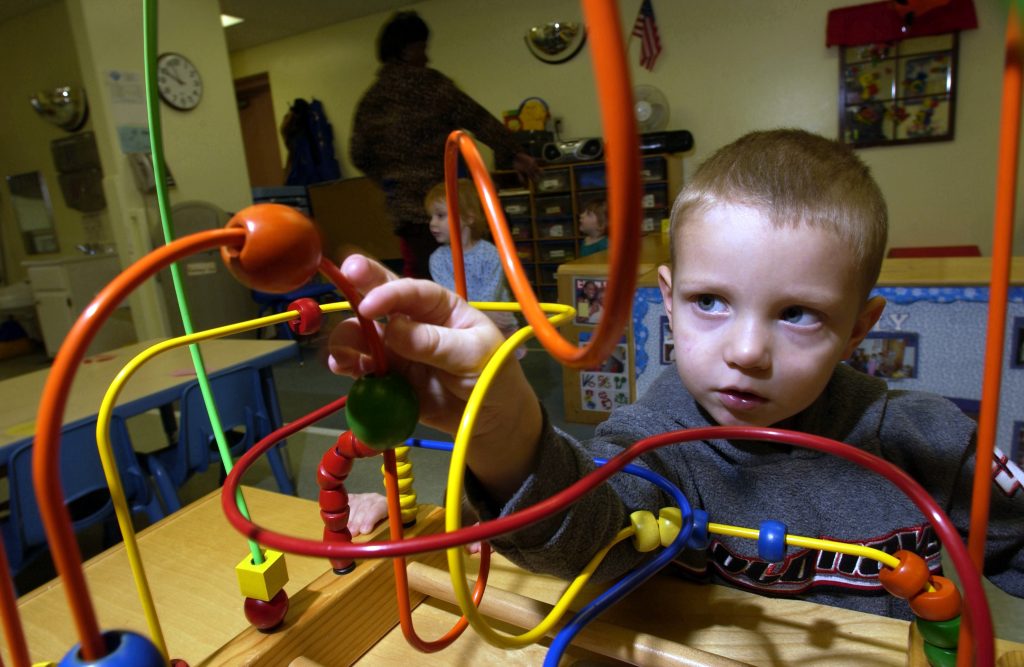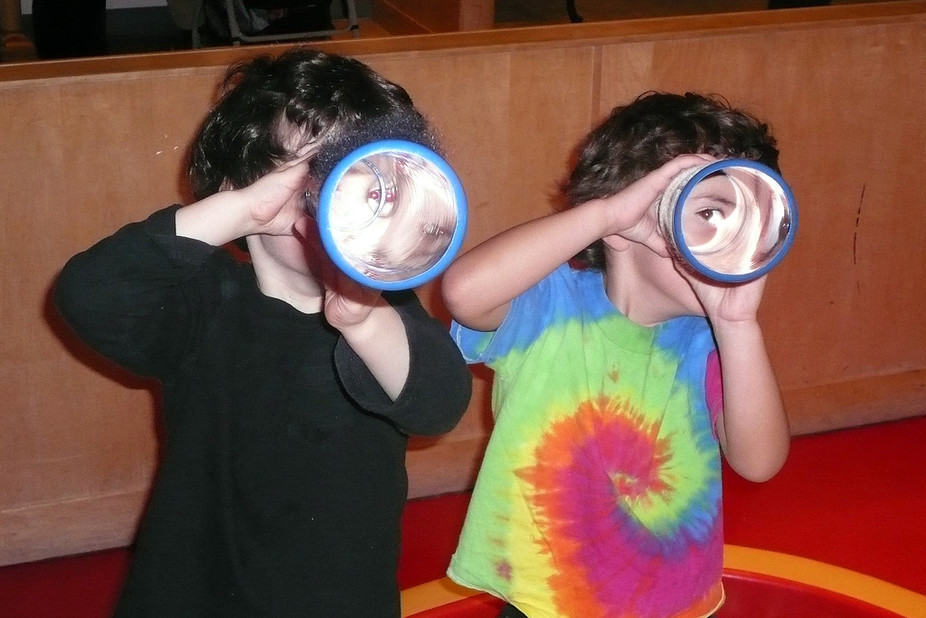Are you looking for strategies to help students who have trouble finishing learning experiences? If so, keep reading.
1. Organize their surroundings to give the student increased chances for help or assistance.
2. Minimize distracting stimuli(e.g., place the student on the front row, give a table or “office” space away from distractions, etc.). This should be used as a way to lessen distractions, not as a punishment.
3. Get the student to keep a record (e.g., chart or graph) of their performance in finishing tasks.
4. Connect clearly to the student the duration of time they have to finish a task.
5. Get the student to time tasks to monitor personal behavior and accept time limits.
6. Show the task in the most exciting and attractive manner possible.
7. Provide mobility to assist the student.
8. Organize time units so the student knows how long they have to work and when the work must be finished.
9. Give the student more than enough time to finish a learning experience. As the student shows success, slowly decrease the amount of time given to finish a learning experience.
10. Provide instructions in an assortment of ways to enable the student’s comprehension (e.g., if the student fails to understand oral instructions, present them in written form).
11. Get the student to repeat the instructions orally to the teacher.
12. Rewrite instructions at a lower reading level.
13. Provide oral instructions in a more basic manner.
14. Give the student shorter tasks but given more regularly.
15. Give the student a schedule of learning activities so they know what and how much there is to do in a day.
16. Stop the student from becoming overstimulated by a learning experience (e.g., frustrated, angry, etc.).
17. Indicate what is to be done for the conclusion of the task (e.g., indicate definite starting and stopping points, indicate a minimum requirement, etc.).
18. Consider using assistive technology designed to help students to attention deficit hyperactivity disorder concentrate. Click here to view list of assistive technology apps that we recommend.











